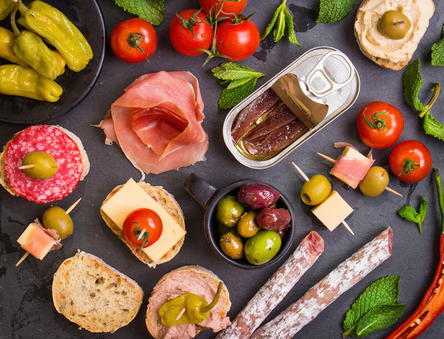
If you’re reading this article, you’re probably curious if you have histamine intolerance or maybe you’ve been diagnosed by a practitioner and are on a healing protocol to combat this annoying and uncomfortable disorder! I suffered from histamine intolerance for over two years, between 2013 and 2015. Today I am 100% symptom free, and I enjoy many of the symptom-causing foods that I used to avoid like the plague for fear of facial swelling, headaches, and rashes. Learn more about this newly recognized diagnosis, how to recognize its symptoms, and how to eat for symptom management.
My Histamine Intolerance Story
I was surprised when I received my ALCAT food sensitivity/intolerance results back in 2014 and realized the foods I was most severely reacting to were AIP and Paleo-friendly items! Bananas, shellfish, tuna, halibut, tea, pumpkin, spinach, tomatoes… I was determined to find out what they all had in common. It turns out all of these foods are high in histamine or are histamine-releasing foods. My frustrating symptoms completely subsided when I removed these foods and other histamine foods from my diet for over a year while healing my gut with the autoimmune protocol and functional medicine. The headaches disappeared, my daily facial swelling subsided, and my paralyzing anxiety slowly faded away. Eventually I was able to reintroduce some of my most favorite foods such as seafood, avocados, and leftovers! For many of us suffering from histamine intolerance, it is not a forever diagnosis. It’s a sign that there is some serious work needed to be done to improve our gut health, balance gut bacteria, heal leaky gut, and find out if we have any infections that may be inhibiting our ability to degrade histamine. You can read more about my recovery in my article An Update on My Histamine Intolerance.
Histamine Intolerance FAQs
Why have I never heard of this? Histamine Intolerance (HIT) is an infrequent diagnosis in North America, mostly due to poor recognition by physicians, but it is widely acknowledged in European countries like England and Germany. Even though the diagnosis is uncommon here in the States, it is estimated that 1% of the population suffers from HIT and most don’t even know it. It is more commonly seen in women, and research suggests a link to children with gastrointestinal problems.
Can’t you just take anti-histamines for this? Histamine, one of life’s necessary biogenic amines, is required by the body for important functions such as sleep, sexual performance, and the protective inflammatory response to an allergic reaction. You probably have heard of anti-histamines like Claritin or Allegra before. Over-the-counter anti-histamines work by managing the effects of histamine on the body. They are somewhat effective for individuals with HIT but long-term use is not advised. They are essentially a band-aid, and adherence to a low-histamine diet while addressing gut health are necessary lifestyle changes. Do you really want to just cover up the problem rather than figuring out its cause?
Now tell me what HIT is before I H-I-T you. HIT is caused by an overflow of histamine in your body – essentially you are not degrading histamine at a fast enough rate. Some people may have too many mast cells, the cells that release histamine, or their mast cells may release too much of the stuff. Other people have a decreased ability to degrade histamine via enzymatic activity in the gut mucosal lining. Ah, the gut. Of course it starts there – as all diseases do according to Hippocrates. There is currently no cure for HIT, and naturopaths usually treat it by healing the gut mucosa, re-balancing gut flora, supplementing with natural anti-histamines, and committing to a low-histamine diet until foods can be re-introduced without symptoms. You may be able to easily reintroduce spinach and bananas while healing the gut, but fermented foods may be off your table for a bit longer. Tolerance is a spectrum and every food has a different amount of histamine in it. A common analogy here is the “histamine bucket”. We all have a histamine bucket and no issues will occur until that bucket becomes too full because of the aforementioned reasons. Once the bucket overflows, symptoms occur. And the bucket doesn’t reset overnight – it may take time so remain patient and diligent about your diet during this healing process!
Food is a huge culprit. But what else? Emotional stress, oddly enough! There’s a reason HIT is often seen in patients with IBS… they are both linked to emotional distress and poorly managed stress responses. Not only does HIT cause anxiety (you tend to anticipate the symptoms with every bite you take), but that same anxiety increases the release of histamine, worsening your symptoms. Truly a self-fulfilling mechanism related to the gut-brain connection. Beauty and household products, high altitudes, temperature changes, and environmental allergens can also cause a release of histamine. I also find that a lack of sleep decreases my tolerance for histamine.
Suggested Causes of HIT
- Leaky Gut: Most of us have already heard about how leaky gut affects our autoimmune diseases, ability to fight infections, and nutrient absorption. Leaky gut has also been implicated as a cause for HIT, which makes sense since the cells that are responsible for modulating histamine levels are located in our mucosal lining.
- Low DAO Enzyme: Diamine Oxidase (DAO) enzyme is found in the mucosal lining of the small intestine and upper portion of the large intestine. It is responsible for breaking down histamine in our guts, essentially preventing a systemic build-up. Low DAO activity in the gut can be identified through a blood test. It is very important to avoid alcohol if you have histamine intolerance because it decreases DAO activity.
- Gut Dysbiosis: An imbalance in gut flora (either too little of a beneficial strain or too much of a pathogenic one) commonly seen with leaky gut, has also been implicated as a cause of HIT.
- MTHFR mutation: New thought exists that those with this common genetic mutation (upwards of 50% of the our population have some form of the mutation) are more susceptible to histamine intolerance. I happen to have the mutation myself.
Symptoms of HIT
The symptoms of histamine intolerance are not fun. Similar to food allergies, you likely will experience bodily changes within minutes to hours of ingesting foods high in histamine. I generally would see symptoms as abruptly as a few minutes after consuming a tablespoon of sauerkraut or a bottle of kombucha. My first symptoms usually were flushing, facial swelling (oddly, only on my left side), and what I have termed “face-aches” which is pain and discomfort in my jaw, teeth and sinuses. Symptoms vary by person and are generally experienced on a continuum. Some people with histamine intolerance may only experience frequent runs to the bathroom whereas other people like me do not have noticeable gastric upset but do experience immediate joint pain, mood changes, and swelling. Once symptoms begin, I find them difficult to subside. I usually have to “ride them out” for a few days, but I have learned anti-inflammatory tricks (see below) that help lessen the blow and decrease my sick time by a couple days.
Here is a list of some (but by no means all) common symptoms of HIT
Stomach upset (diarrhea or gas), headaches, flushing, brain fog, depression, anxiety, poor short-term memory, facial edema, nasal congestion, ear fullness and itching, dry, itchy skin, hand swelling, heart palpitations, insomnia, fatigue, skin rash, mouth sores, and menstrual pain
Foods High in Histamine, DAO-Blocking & Histamine-Producing Foods (all of these foods can increase histamine)
- Alcohol
- Avocados
- Bananas
- Cheese (ripe or aged hard cheeses)
- Citrus Fruit
- Cocoa/Chocolate
- Eggplant
- Egg whites (raw)
- Green tea/black tea
- Leftover refrigerated meats/poultry
- Mushrooms
- Fermented products (kimchi, kombucha, buttermilk, sauerkraut, kefir, yogurt)
- Fish (fresh and canned) – flash frozen is lowest in histamine
- Olives
- Pineapple
- Preserved meats (sausage, bacon, deli cuts, smoked, cured)
- Nuts (especially walnuts)
- Sauerkraut
- Shellfish
- Slow-cooked meats (i.e. crockpot recipes, smoked meats/seafood)
- Spinach
- Spoiled meats and fish (buy fresh or flash frozen only)
- Strawberries
- Vinegar
- Yogurt
How to Receive a Diagnosis (1 or more of the following – not standardized)
- DAO Enzyme Activity blood test
- Elimination & Reintroduction food diary
- Two or more typical symptoms present but subside using low-histamine diet
Tips for Eating Low-Histamine Paleo & AIP
- Most vegetables are naturally low in histamine and many have an anti-histamine effect, especially fresh herbs like parsley, cilantro and rosemary, garlic, and red onion. Base your meals around lower histamine salads, lightly steamed and roasted squash and root vegetables, and green juices.
- Cook meats gently but quickly. Steaming, poaching, and pan-frying proteins will prevent a sharp histamine rise in cooked meat. Immediately freeze the meat to halt histamine production. Do not store leftover meat in the fridge. Defrost individual portions of meat for each meal. Purchase meat fresh from your butcher and cook it within 48 hours of purchase. Ground meats are higher in histamine and should be cooked same day of process and purchase.
- Use a food diary to figure out if you have other food intolerances. I discovered I am extremely sensitive to foods high in benzoates. It turns out that benzoate releases histamine in the body, so this makes sense. Some people find that they are sensitive to other amines like tyrosine and will go on low tyrosine and low histamine diets to manage symptoms. Try not to over-restrict your diet though – you don’t want to be left with only 10 foods to eat.
- When eating out, you have to be extra vigilant when questioning menu items. My go-to questions besides the standard Paleo/AIP ones are “How fresh is the meat?” “Is the steak aged?” “When was the meat cooked?” “Can you add fresh herbs to my meal?” I usually stick with a grilled steak, steamed, roasted or mashed vegetables, and a side of fresh parsley and olive oil.
- A low-histamine diet should only be temporary since it is fairly limiting. I also believe that our bodies become more sensitive when exposure levels drop significantly. It is important to include a small amount of high-histamine foods in the diet, since histamine is required for vital functions. Eating a Paleo diet that includes freshly processed meat will provide adequate histamine. It is also important to note that the body produces histamine when you ingest any food, not just foods high in histamine.
Natural Treatment for Histamine Intolerance
I suggest speaking with your health practitioner about supplementing a low-histamine diet with one or some of the following supplements. I am not a qualified medical professional and these suggestions are based on personal experience and knowledge-based research. You may also want to see if you can order a gut-stool analysis as well as a food intolerance/allergy panel to delve into the cause.
Orthomolecular Natural D-Hist: It contains natural anti-histamines quercetin, Vitamin C, bromelain, and stinging nettle leaf. I found my symptoms decreased within 30 minutes of taking 2 capsules. I also used a maintenance program of 1 capsule twice a day.
Prescript-Assist or LactoPrime Probiotics: Probiotics are an important component of any gut-healing protocol. People with histamine intolerance tend to respond better to formulas that include bifido bacteria. Look for bifidobacterium infantis and bifidobactermium longem on labels. Be aware of any unnecessary fillers or lactobacillus-only formulas.
Nigella Sativa Oil (also called Black Seed Oil): This is another natural anti-histamine supplement. Generally, people take 1-2 tsp when symptoms present. It can be found at most health food stores or online. The oil can be mixed into food or taken on its own.
Holy Basil Extract: Natural anti-histamine and anti-inflammatory supplement helpful for HITNettle Tea: Blocks histamine release. Drink 1-2 cups a day when symptoms present.
Resources
Histamine Intolerance Podcast Episode by Dr. Sarah Ballantyne & Stacy Toth
Headaches, Hives & Heartburn by Chris Kresser
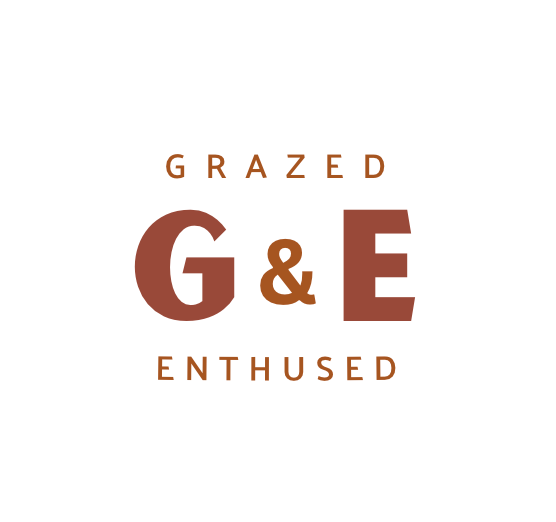
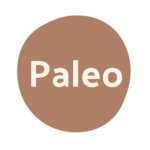

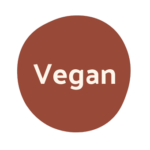

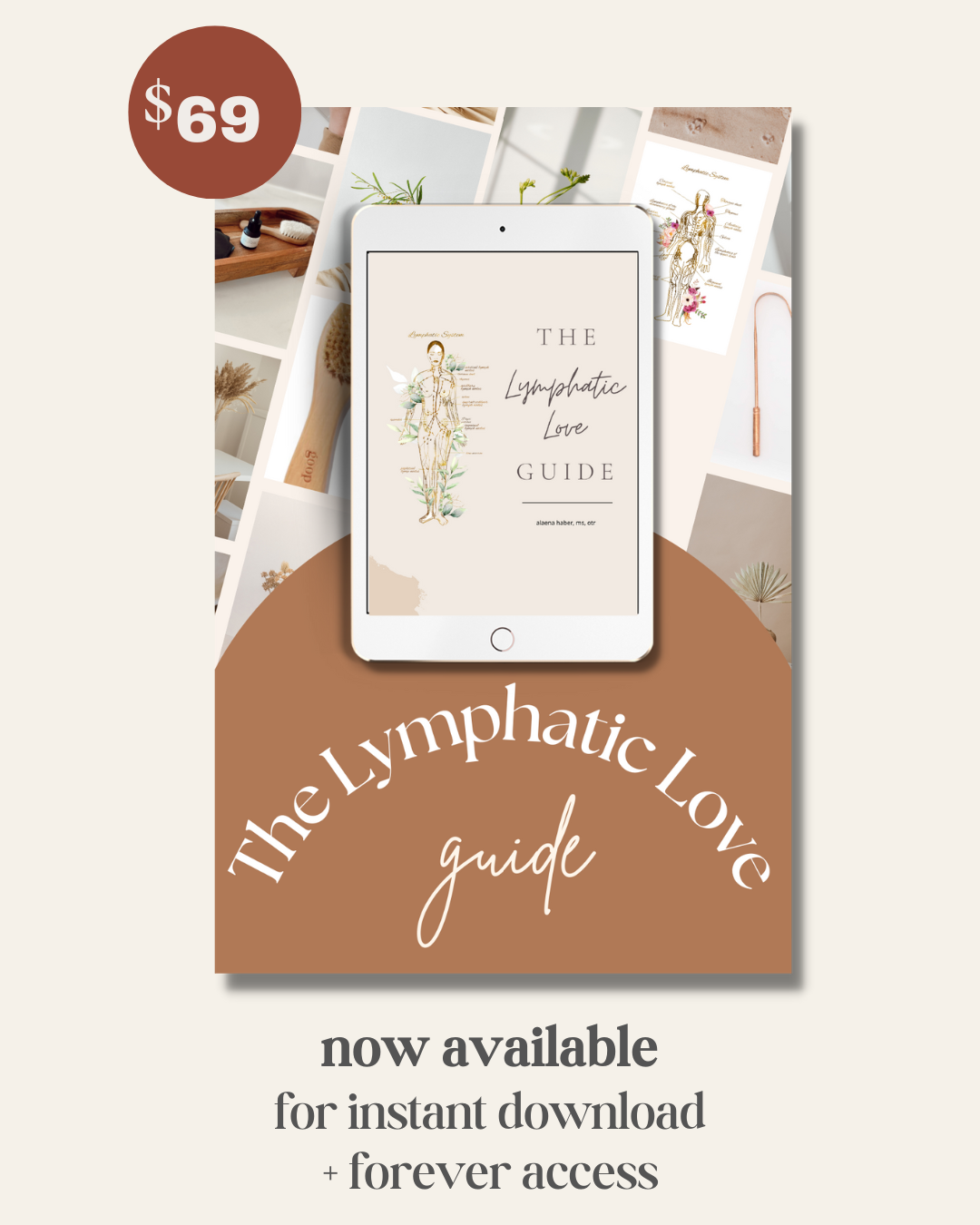
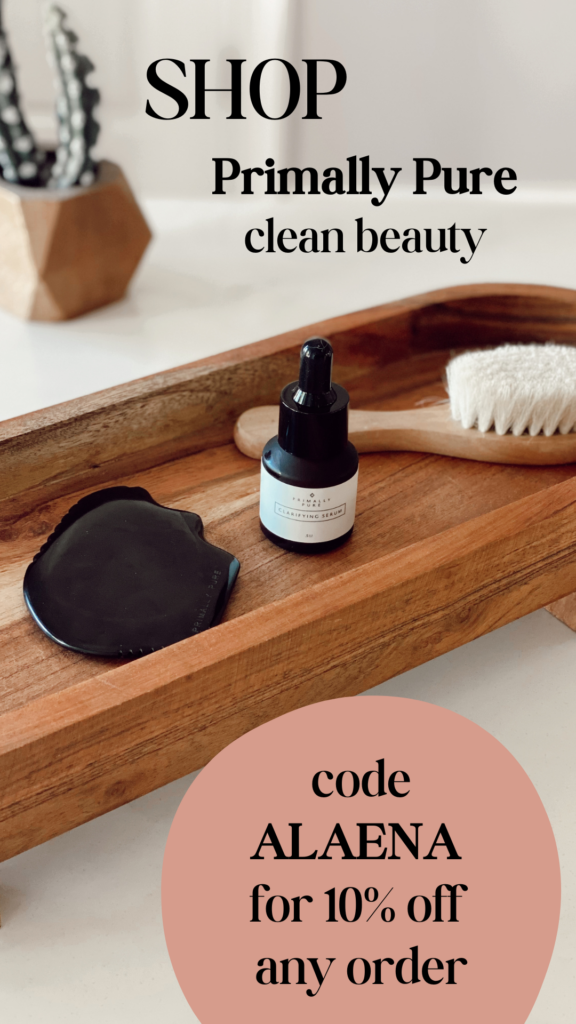

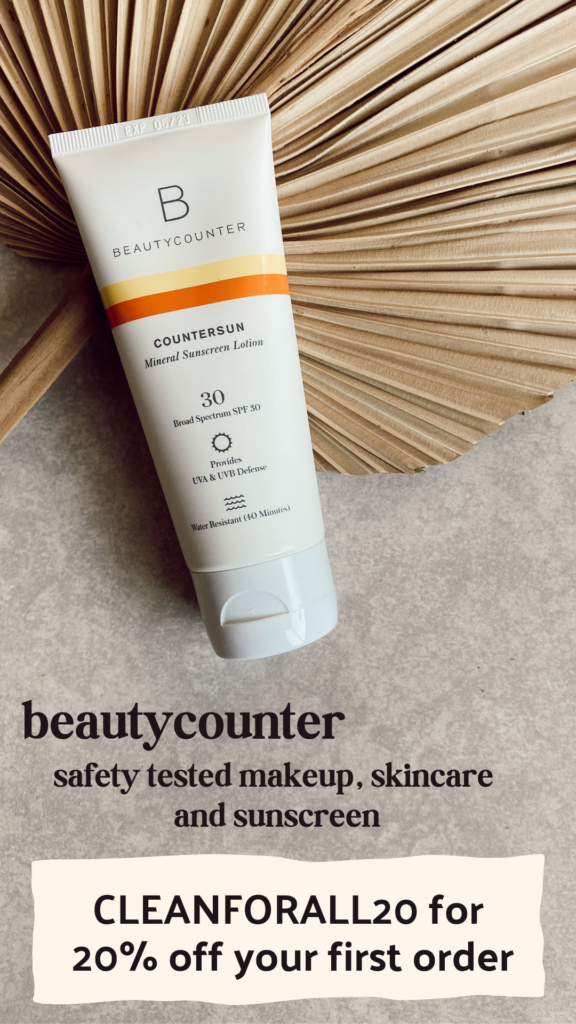
25 Responses
Do you have recipes and meal plans for those having to follow a low histamine diet?
It’s so hard! 🙁
Yes if you go to my Recipes page and click on Low Histamine, I have categorized them.
Thank you, Alaena! I will! Any ideas for meal plans? Breakfast is the hardest without eggs and most fruits. 🙁 I’m doing this not only for myself but for my son who has been suffering from respiratory allergies the 15 years of his precious life. 🙁
I’ve wanted to buy your book for awhile now! Would it help with planning and recipes as well?
Thank you so much for your help! It’s been tough figuring this all out!
Thank you, Alaena, for this informative exploration. I really appreciate that you have shared this information in the context of your own story, including the strategies that have worked for you. There’s so much to know! You help make it more know-able…
Thank you, Petra!
Just the info I was looking for, thank you sooo much! I was getting frustrated on AIP and still itching and getting hives. It clicked for me the minute I ate some coconut yogurt and my ears starting burning, so no more fermented foods for me!
Hi, I just noticed I get instant mouth sores…similar feeling to canker but at top of gum line after eating avocado. Can this be anything outside of histamine or is this a common issue? Also, throat is very scratchy and sometimes with bananas. Also, indigestion normally follows.
Thanks so much!
I am sorry, but LactoPrime Probiotics (that you recommended above) has got Lactobacillus casei and several other lactobacilli strains that trigger histamine release. I’d suggest looking for single strain probiotics, like B. Longum and B. Infantis. It is also important to look for the specific strain that has been studied, as the benefits are strain-specific (only Lactobacillus Rhamnosus GG degrades histamine, for instance, other types of Lactobacillus Rhamnosus don’t).
I would love to try collagen, gelatin and bone broth supplementation for other health reasons. Should I avoid these while working on a histamine intolerance?
Some people with histamine intolerance cannot tolerate any of the above, but I found I was able to tolerate collagen with histamine intolerance as well as broth that was cooked for 1 1/2 hours in my Instant Pot (so I was still getting some of the gut healing benefits of broth without a major dose of histamine and glutamate).
is it possible that symptoms could be mild but persistent? i do not have gut problems but i have a reddish complexion and have had a pattern of red blotching on my neck for about 2 years. i have hashmitos and mthfr homo c6877-t. i tought it might just specifically be my hashi’s but histamine seems very likely. it was a bit high at 12.5 my last blood test.
Yes histamine intolerance is certainly a spectrum and there’s different factors that will go into the severity of the symptoms on any given day!
I’m down to 10 foods how do I add more back in without reacting? I’ve tried every supplement out there can u help me no one can I desperate
I feel so over whelmed. I have all kinds of pains and starting to feel depressed any rid bits to lower this as quick as possible.
I know the feeling I have sibo with this.. I’m miserable
Jo I hope you were able to add some foodss to your diet list
What about bromelain in supplements as it’s from pineapples? Can we take it or not with HIT?
It would depend on individual tolerance levels, but may be worth a shot in a small initial dose to track symptoms.
Designs for Health makes a similar product without bromelain. I like it better actually. It is called Hista-Eze. It is very good for histamine issues.
Good to know – thank you!
Have you found relief by taking DAO enzyme, and if so how much and when?
Thank you for a very helpful website. The ads, however, are more distracting than in other websites. Is there a way to get rid of them?
I’m part of an ad network so it’s part of having access to free content on a website 🙂 Talk to your practitioner about how much DAO enzyme and when but it’s generally a supplement you take daily if you have a compromised DAO gene.
Hi! I’ve been told I’m supposed to be on a low histamine diet and also that I need a low cholesterol diet. Unfortunately it seems like that’s knocking out pretty much everything I eat! And I’m not very good with cooking or understanding any of this medical stuff. Is there any great resource for finding recipes that are both low histamine and low cholesterol? Thanks so much!